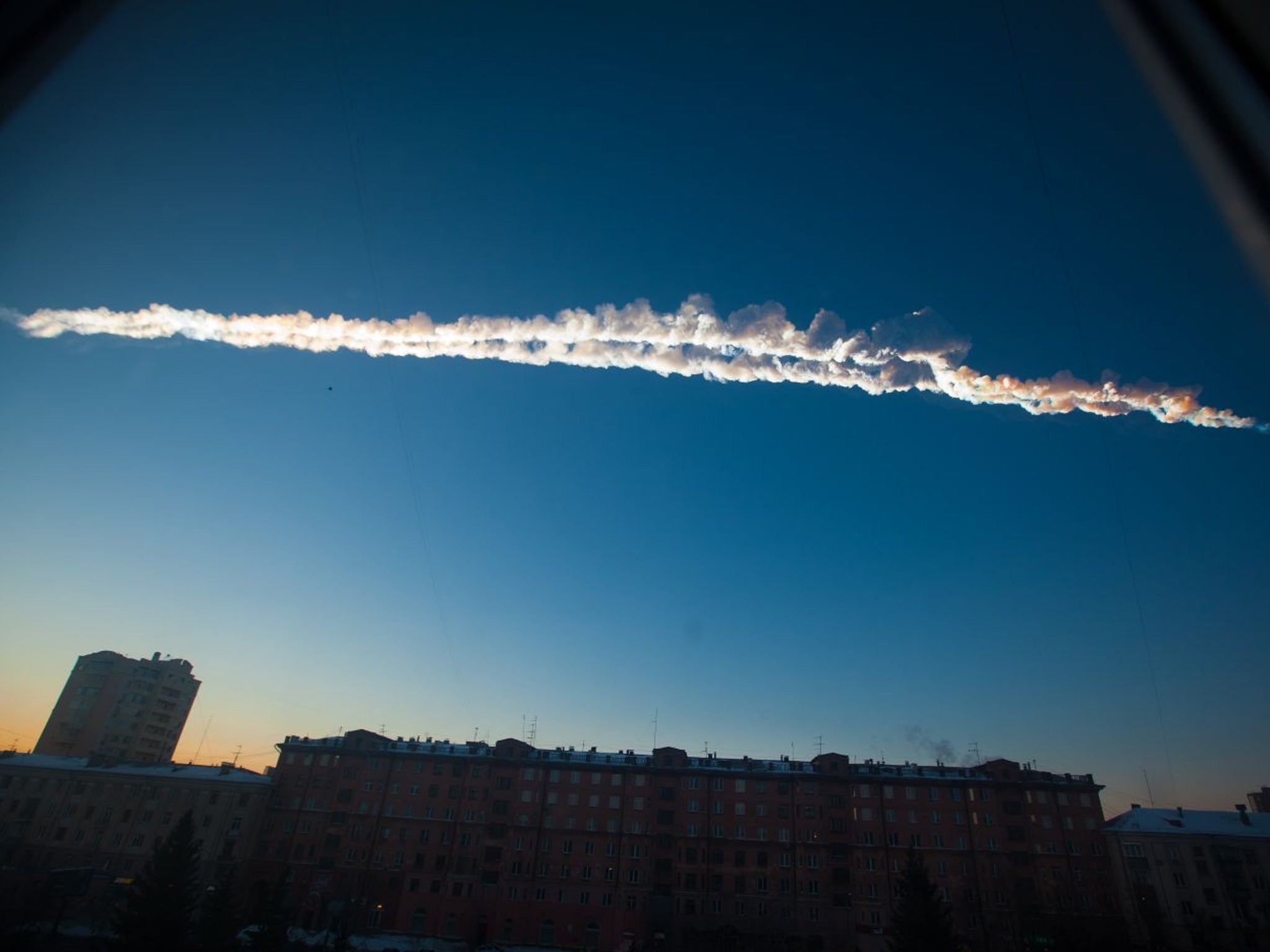Spirograph of Doom: Nasa maps dangerous asteroids
"Potentially Hazardous Asteroids" (PHAs) can be as far away as 7.5 million kilometers

Thinking about the vastness of space can either be profound or depressing, but a new image released by Nasa makes the place feel positively crowded. The map shows the orbital paths of the more than 1,400 earth-threatening asteroids in the solar system.
"These are the asteroids considered hazardous because they are fairly large (at least 460 feet or 140 meters in size), and because they follow orbits that pass close to the Earth's orbit (within 4.7 million miles or 7.5 million kilometers)." Nasa explained in the image’s description.
Each blue line represents a “potentially hazardous asteroid” (PHA) though the terms is more of a technical definition than a promise of imminent danger. Nasa’s website offers the following reassurance:
“This `’potential’' to make close Earth approaches does not mean a PHA will impact the Earth. It only means there is a possibility for such a threat. By monitoring these PHAs and updating their orbits as new observations become available, we can better predict the close-approach statistics and thus their Earth-impact threat.”
The last close call that Earth had with a PHA was on February 15 this year, when the asteroid known as 2012 DA14 came within 17,200 miles (27,700 kilometers) from Earth. This may sound like a comfortable margin, but it’s closer to the planet than satellites in geosynchronous orbit (that’s 22,236 miles or 35,786 kilometres).

That same day an asteroid also crashed through Earth’s atmosphere – the Chelyabinsk Meteor that exploded about 14.5 miles above the surface of the planet. Astronomers estimated that the object had an initial mass of 10,000 tonnes and its shockwave blew out windows across the region, causing many injuries.
Even scarier, the Chelyabinsk Meteor wasn’t at all part of 2012 DA14 and had gone completely undetected – a fact that implies for every PHA Nasa does map, there’s probably a considerable number that have yet to be found.

Join our commenting forum
Join thought-provoking conversations, follow other Independent readers and see their replies
Comments
Bookmark popover
Removed from bookmarks